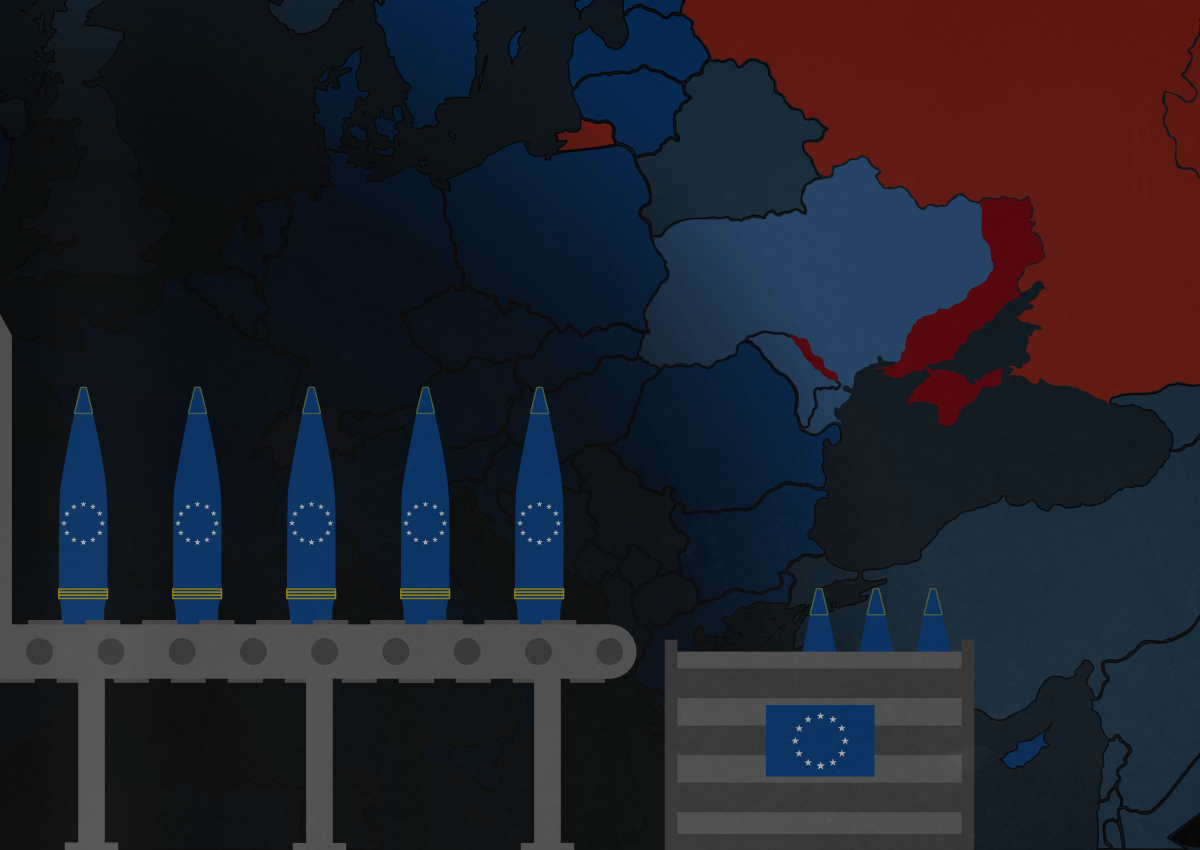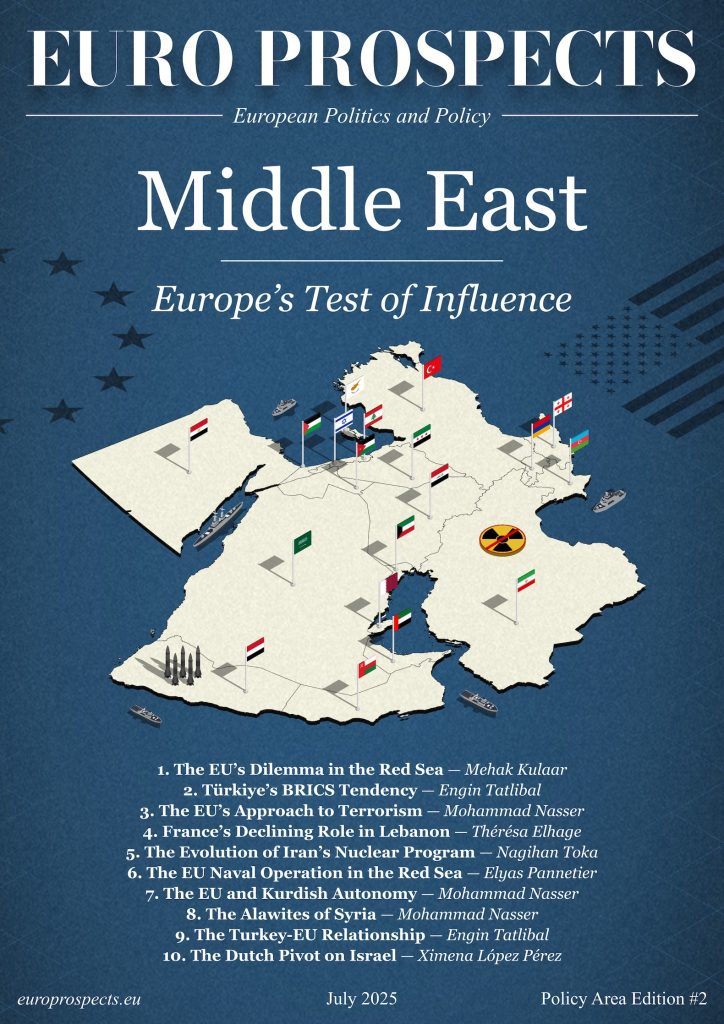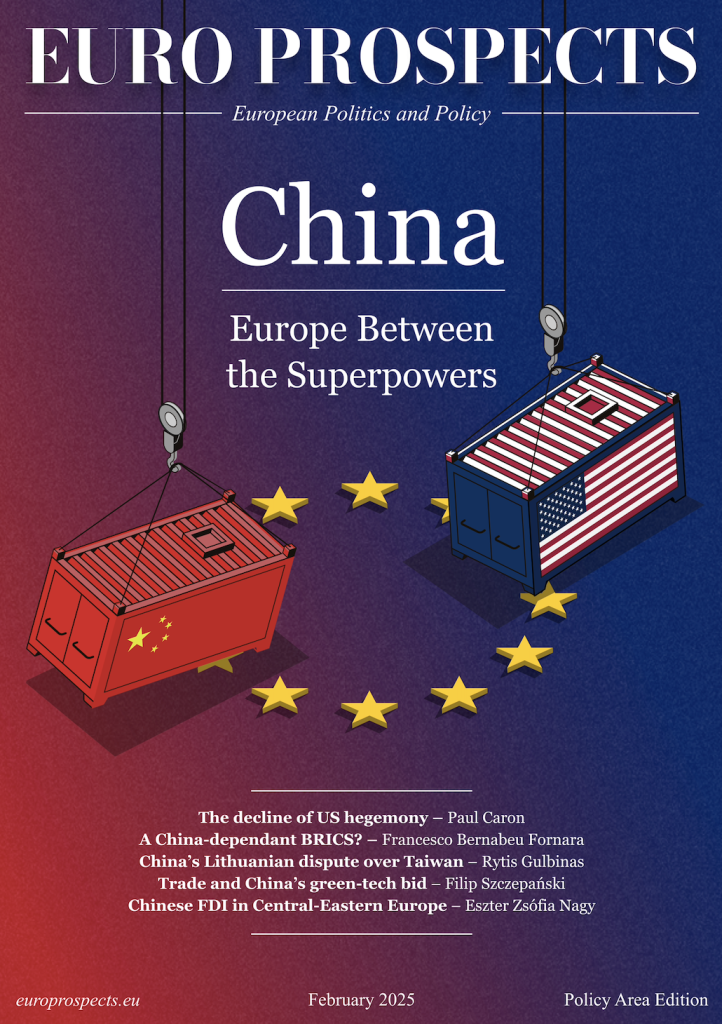5 min read — Opinion | Military | Ukraine | Moldova
Retreat in Ukraine, Escalation in Moldova: Time for a European Armoury?

By Stefano Siclari
March 6, 2024 | 22:30
It’s February 2024. The Russo-Ukrainian War has been ongoing for ten years, with its full-scale invasion on its second anniversary. As US Speaker Johnson stalls the delivery of ammunition to Ukraine, Vladimir Putin finally achieves a local breakthrough in Avdiivka, driving Ukrainian forces to retreat.
A forced retreat, and a divorce
Avdiivka is a small city just northwest of Donetsk city, with a pre-war population of 30,000. After the Russian-led militia occupied Donetsk city in 2014, Avdiivka became part of the front line, remaining so for the following ten years. As time passed, the little town was almost completely razed to the ground, but still firmly in Ukrainian hands. Russia increasingly put more and more pressure on the Ukrainian defenders starting in late 2023, thanks in particular to the meagre results of Ukraine’s summer counteroffensive and the scarcity of ammunition which accompanied – and likely caused – such results. Just like in Bakhmut, Russia threw wave after wave of mechanized troops in suicide attacks aimed at slowly degrading Avdiivka’s defences and expending all of the defenders’ already dwindling ammunition. Finally, on February 17, just three days shy of the war’s tenth anniversary, Ukraine abandoned the city following orders from newly-appointed Commander-in-Chief of Ukraine’s Armed Forces Oleksandr Sirsky.
While it is impossible to claim Ukraine’s withdrawal from Avdiivka has been timely or masterfully executed, it’s undeniable that it was competently managed. The Third Separate Assault Brigade went in to relieve pressure off the defender and pulled out after the evacuation was completed. While the defenders suffered heavy losses, the occupiers were by no means unscathed: Russian war-blogger Andrey “Murz” Morozov lamented the loss of over 16,000 Russian soldiers (that is, dead or wounded beyond recovery) and over three hundred vehicles lost – his estimates being conservative at best, since OSINT (open-source intelligence) sources pointed out there are at least twice as many Russian tanks and other armoured vehicles which have been either destroyed or abandoned in and around Avdiivka.
In short, Russia managed to achieve a pyrrhic victory just like in Bakhmut, and immediately went back to assaulting nearby villages through the now-infamous “meat waves”.
The “Regime” in Chisinau, according to Tiraspol and Sergey Lavrov
Transnistria, with its capital of Tiraspol, attempted to break away from Moldova in 1992, but achieved little success, and is currently an unrecognised state. Moldova has attempted to bring the breakaway region back into the fold, but the very limited military resources of both countries meant the stalemate has never been resolved. Since 1992, a contingent of Russian troops has always been stationed there, illegally occupying a piece of Moldovan territory under pretext of a so-called “peace keeping operation” which is considered illegitimate by both Moldova and its Western partners.
Then, just two days ago, Transnistria asked for Russia’s protection against “genocide” – presumably at the hands of Moldova and its European partners. As it was the case for Ukraine’s breakaway regions of Donetsk and Lugansk, Transnistria had previously called for Russia to outright annex it.
The matter would not be particularly interesting to many Europeans, were it not for the fact that Transnistria shares a border with southwestern Ukraine, and just happens to house the Cobasna ammunition depot – a large military depot rumoured to house over 20,000 tonnes of Soviet-era weapons and ammunition.
Despite widespread fear for the future of Moldova, many pointed out that Russia, already experiencing severe difficulties in Ukraine, can hardly afford to open a new frontline in a country farther away which could only be reached by crossing into Ukrainian sea or airspace. Yet, as of March 1, Russian Minister of Foreign Affairs Sergey Lavrov claimed “the regime in Chisinau” is following in the footsteps of Ukraine.
While it is dubious at best that attacking Moldova at this time is in Russia’s best interests, we must never forget how many of us never expected to actually attack Ukraine two years ago – especially after the botched invasion of 2014-2015 – and, assuming the EU or NATO keep appearing relatively weak in Russia’s eyes, Moldova could actually represent an easier victim for Putin’s imperialist dreams than Ukraine currently is.
It might very well be that Europe and NATO have chosen to barely support Ukraine’s heroic resistance against Russia to avoid “escalating” the conflict, only to be perceived by Putin as weak and unable to respond to his provocations. As Winston Churchill put it, “You could choose between war and dishonour; you chose dishonour and you will have war”.
As preparations are being made across Europe to meet a possible war with Russia, this might be a good time to look at our American friends and see if there is something we can learn from their history.
The need for a European national armoury
The now dismissed Springfield Armory, situated in Springfield, Massachusetts, used to be a treasure trove of technology and expertise, serving not just as an arms manufacturing facility but most importantly as a repository of blueprints, schematics, and knowledge. The system was designed so that the military engineers and other technicians could continuously tinker and experiment with the current generation of firearms while simultaneously preserving the technical packages and knowledge about anything the US Army could reasonably want to use in war time. Most importantly, the Springfield Armory could quickly distribute its technical packages to any industrial facility across the US, which made it particularly easy to produce large numbers of weapons in a short amount of time should the need ever arise.
Having served the United States between 1777 and 1968, the Springfield Armory can be safely considered a reasonable way for a country to preserve and handle its military production capabilities. The EU, always lagging a bit behind the United States while also trying to copy its homework, chose the worst possible idea: not to open a European Armoury (or several national ones), but instead to do without it.
Now Ukraine calls for its allies to quickly deliver more shells, we are caught lacking. And while Czech President Petr Pavel seeks to save the day by sourcing over 800,000 shells for Ukraine, most European countries still outsource their artillery shells production to private manufacturers – resulting in small quantities being produced at slower times and purchased for higher prices.
Assuming the dream of a European army is still far away from us, some European or even national armoury could at the very least be seen as a decent investment in these trying times.
Write and publish your own article on Euro Prospects
Subscribe to our newsletter – stay informed when we publish articles on pressing European affairs.

